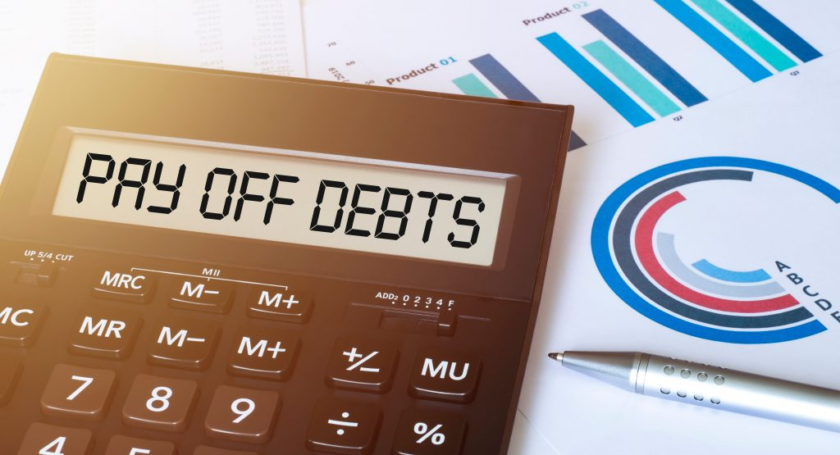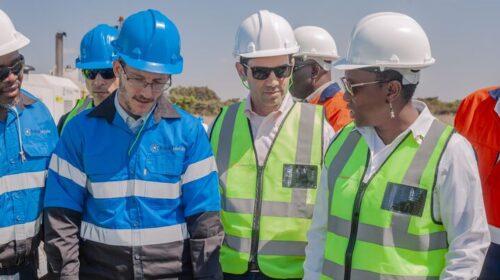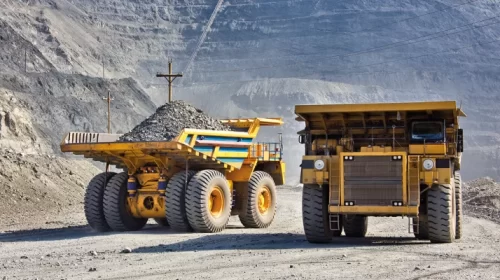Putting windfall tax to work for Zambia
Using a mining-related tax windfall to pay off some debts is Zambia’s best move, say experts
The Zambian Government’s collection of ZMW 40.1 billion in revenue and grants between January and May 2021 has been welcomed by the Secretary to the Treasury, which noted last month that the sums collected are “an impressive 43 percent above projections.”
Substantial increases in income tax receipts, and VAT, were driven by increased payments by mining companies, according to the Treasury.
The single most outstanding contribution from the mining sector came in the form of Mineral Royalty Tax, with Government collecting double the revenue from miners that it forecasted “on account of, among other factors, increasing copper prices and production levels.”
“This is a good sign for the future of the [mining] sector,” the Treasury stated. But today’s tax receipts tell us nothing at all about the future. In fact, this tax windfall – desperately needed as it is – could be bringing with it the seeds of the industry’s undoing, because it arises from overly stringent mineral tax policies that are filling Government coffers, but deterring investors – on whom the long-term future of the industry rests.
“If you look at [FQM] Kansanshi and Lubambe’s expansion projects, they remain on hold, despite the high copper price – and you’re not talking about small money. That tells us clearly that investors cannot be sharing in this windfall,” says Professor Oliver Saasa, a prestigious Zambian economist, and advisor to Government. “And that is a problem. Because without investment, we cannot expand or even maintain the level of production, and if we don’t do this at the same time as cashing in, we’ll discover that in the medium to long term, we will have lost out.”
Treasury’s announcement of its mining-related windfall in revenue collection does, at least, dispel speculation that mining companies are not paying their ‘fair share’ of taxes. First Quantum Minerals’ (FQM) annual ‘Tax Transparency and Contributions to Government Report’ published in June 2021 disclosed that it paid over US$850 million in taxes, royalties, duties and fees to the Zambian Government in 2020. The company also achieved its highest ever copper production, despite last year’s extraordinary challenges.
Putting surplus revenues to work
The key question now is, given the country has widespread needs for a windfall like this, how is this money best spent?
“Servicing our debt using the windfall that has come from a good copper price is really the sensible economic thing to do,” says Prof. Saasa. “If part of this windfall is used for servicing our debt commitments, we are going to create a more positive environment and open up opportunities: for foreign direct investment, for bilateral donors that will bring a bit more aid because they will feel we are now responsive, for a program with the IMF, or for Zambia’s rating agencies to improve our credit rating. All of these would contribute towards the economic recovery we need. In other words, it would create a more hospitable environment for growth and development.”
“Servicing our debt using the windfall that has come from a good copper price is really the sensible economic thing to do.”
A hospitable — and competitive — environment is, indeed, the first step towards securing the kind of investment that Zambia needs to set in motion a mining sector-driven economic recovery, helping us to pivot from a short-term but unsustainable windfall, to long-term sustainable prosperity.
Actions that support long-term planning are the only remedy to Zambia’s current fiscal overreach. Put differently, just as an individual with spiralling credit card debt would be advised to direct any available money to reducing their financial obligations rather than, for instance, buying a new car, so Zambia should use this surplus revenue to relieve the mounting fiscal pressure it faces.

Make hay while the sun shines
Strategic allocation of this surplus revenue will send positive signals to the international investment community, whose capital can give our most productive sectors the boost they need to ensure sufficient revenues for Government in the future. But, as Prof. Saasa points out, allocating this surplus to debt management also has the power to send the right signals to multilaterals such as the International Monetary Fund (IMF), which are yet agree to an economic programme to help Zambia manage its full debt liabilities.
Investors are waiting in the wings
Mining, taxation, finance, and economics professionals have indicated that there are currently two major “bottlenecks” blocking investment in the mining sector. At the May 2021 Zambia International Mining and Energy Conference, a panel of experts agreed that, if kept in place, the non-deductibility of mineral royalty tax will be detrimental to the industry’s future. Another barrier standing in the way of a flourishing mining sector is “a fundamental structural issue” with the Mineral Royalty Tax regime, in that royalty rates jump up at certain price thresholds, removing predictability for mining companies.
“There’s increased tax revenue now [due to increased copper prices], but it is the Government who is benefitting more than the mining houses themselves. There isn’t a proportionate gain on both sides,” says Prof. Saasa. “In other words, the Zambian Government harvests much more from a good copper price than the mining houses, because of the current tax regime.”
Getting an adequate return on one’s investment is the most basic requirement of any business venture, big or small. As Michael Phiri, tax partner at KPMG Zambia, explains: “Every potential investor in Zambia’s economy wants to understand the tax regime and, when they consider that mineral royalties are non-deductible, their calculations show that it doesn’t give them a return that justifies their investment. We need to cure this, really for our own fate as a country.”
No windfall, irrespective of its size, can turn the tide on Zambia’s debt crisis. Only through growth can we deliver more.
![]()





